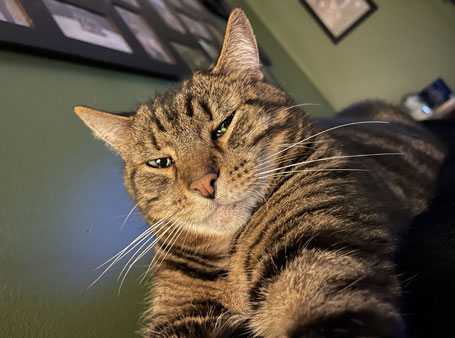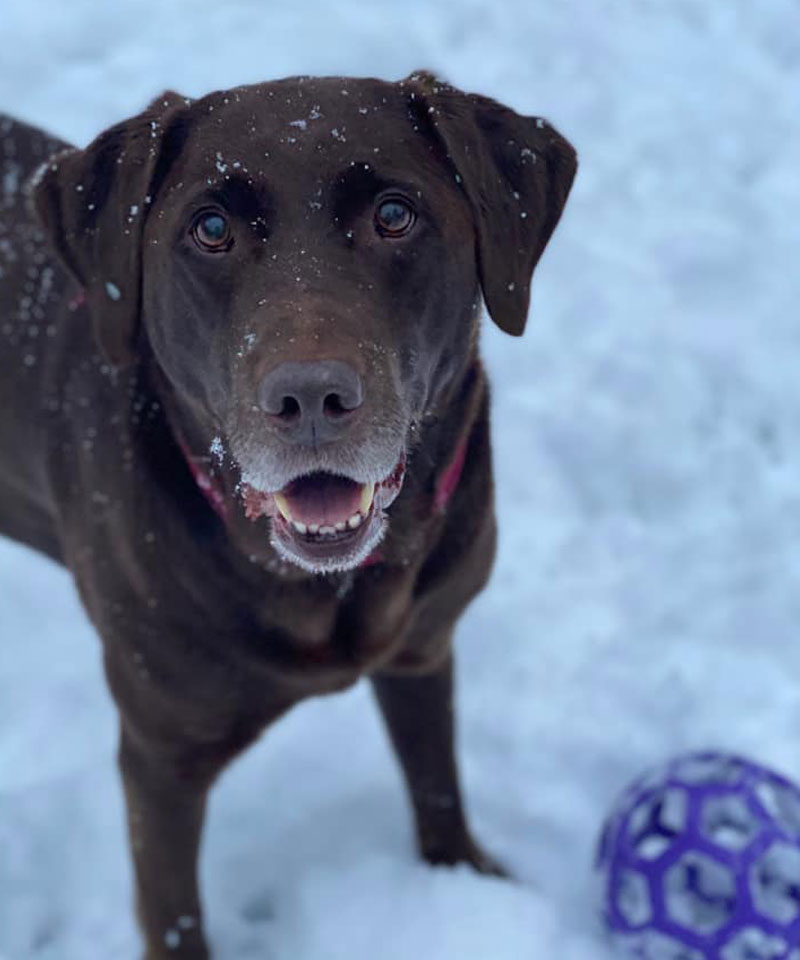
Aging Pets
We'll work together to make their golden years the brightest they've ever been.






Senior Pets


Geriatric Pets
This group consists of small breed dogs and cats over age 12 and larger breeds of dogs around 10 -11 years. You may notice that this pet spends a good portion of the day sleeping. Long walks, stairs and toileting troubles may become apparent. Failing vision and hearing could cause your pet to become anxious; with panting, whining and pacing behaviors all common.
These are the pets that we have grown with. They have been there through your ups and downs. But it’s important to notice when their bad days start outweighing their good. Geriatric pets are visibly in a different bracket when it comes down to quality of life and their ability to do things on their own. These pets can become more challenging to care for and can cost more in terms of time, money and emotional input.
Aging Pets FAQs
Senior animals are generally still quite healthy and require very little additional care.
Dental health and weight management are key to caring for your senior. As your pet ages, so do their nutritional needs. Obesity may compound an already difficult condition such as arthritis or diabetes. Dental disease is the biggest threat however, effecting more than just your pet’s mouth.
Teaching an old dog new tricks can take time. Changes to routine or food should be made slowly and with guidance from a professional. The changes we need to make are generally minor and are focused around monitoring health status more closely to detect problems early.
- Changing their diet to a lower calorie diet with reduced salt levels and high-quality controlled protein levels will help to reduce both weight gain and kidney problems. Your veterinarian will give recommendations on foods that can most benefit your pet and their specific set of problems.
- Visit the vet routinely (every 6 months) to monitor health. We advise a full wellness assessment, blood work, and urine test during these times to track any changes.
- Be proactive when it comes to dealing with oral health and address any minor health concerns sooner rather than later before they have the chance to balloon into major issues later.
Pain management is key for this group of pets because pain levels can be very high as diseases are starting to enter at a more progressive stage. It is common for large breed dogs in this age range to have painful arthritis which can affect their ability to walk as well as their happiness. This may show up as sleeping more, bed wetting or self-soothing behaviors like licking the sore joints, pacing, or whining.
Geriatric pets are also far more likely to be struggling with multiple health issues at once. Each taking its toll on over-all well-being and vitality.
For you, as the owner of a geriatric pet, particularly one with multiple issues, the load of caring for them can be great. You’ll be committing more time, sleepless nights, expenses, and often feel like you are riding an emotional roller coaster wondering if you are doing the right thing.
- Eating habits will begin to change. When noticing this change, consult your veterinarian to determine the best foods for giving your pet hearty nutrition.
- Focus on pain control and mobility. Most pets will develop painful arthritis or teeth and dealing with this pain is one of the single best things you can do for your geriatric pet.
- If the teeth are rotten, have them removed. Sometimes eating habits change due to painful oral health.
- If they struggle with arthritis, the careful use of medication, and therapy can make a massive impact on their mobility, happiness, energy levels, and quality of sleep. (If they sleep well, you sleep well!)
- Routine six-month visits should begin to set up a plan to manage the issues your pet faces. Checking in regularly allows us to monitor progress. So many pet owners do not do this and just accept that old pets “slow down”. Sadly, this results in many geriatric pets living each day in unnecessary pain.
- Adjust your home to improve their life. For example, collars should be abandoned in favor of harnesses that remove pressure from the neck and allow you to help them move around more easily. Using yoga mats on wood floors and grip tape on stairs can really help your geriatric pet to avoid painful and risky tumbles. Installing night lights near food, water and litter trays so pets can see in the dark helps with evening anxiety and home soiling. Using steps to help pets climb onto furniture or ramps to allow access to cars helps to reduce pain when walking.
- Weighing your options. As your pet ages, we must weigh the benefits and drawbacks of care (surgery, medication, and therapy).

Book An Appointment
We hope to have shed some light on the difference between senior and geriatric pets as well as given you some insight into how we think differently and have designed our service to accommodate you and your older animal. We love to seeing a grey muzzle and especially so if its tail is still wagging furiously!
The truth is that most pets can live a great quality of life up to and including their last few days with the right support and care from both you and us. For longer lives, and happier pets.

